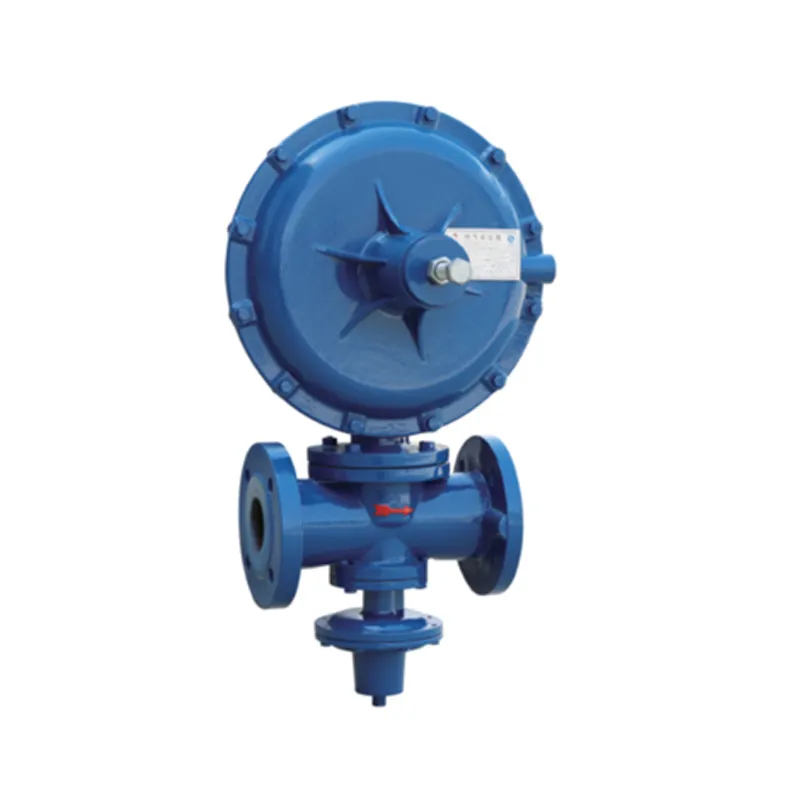
Nov . 15, 2024 12:37
Back to list
gas pressure reducing station
Understanding Gas Pressure Reducing Stations Essential Components for Safe and Efficient Gas Distribution
Gas pressure reducing stations (PRS) play a crucial role in ensuring the safe and effective distribution of gas in various applications, from residential heating systems to large-scale industrial operations. These stations are designed to reduce high-pressure gas from transmission pipelines to a lower pressure suitable for end-use applications. Understanding their functioning, components, and significance can help stakeholders maintain safety and efficiency in gas distribution networks.
The Importance of Gas Pressure Reducing Stations
Gas is transported through extensive networks of pipelines at high pressures, which ensures that it can travel long distances efficiently. However, the pressure levels that are suitable for long-distance transport are often too high for residential and commercial use. High-pressure gas can lead to equipment damage, leaks, and even catastrophic failures if not properly regulated. Hence, gas pressure reducing stations serve as critical nodes within this infrastructure, acting as pressure regulators.
The primary function of a pressure reducing station is to step down the inlet pressure from a high-value to a predefined outlet pressure, ensuring that the gas delivered to consumers is safe and usable. Additionally, these stations typically incorporate safety features to prevent over-pressurization and facilitate automatic shutoff during emergencies.
Key Components of a Gas Pressure Reducing Station
1. Inlet Separator This component removes any liquid droplets from the gas stream before it enters the pressure-reducing mechanism. Liquid water or hydrocarbons can cause corrosion and damage to downstream equipment.
2. Regulators The heart of any PRS, regulators control the pressure by adjusting the flow of gas. They typically use a spring and diaphragm mechanism to maintain pressure within designated limits. If the downstream pressure rises above the set point, the regulator automatically throttles the flow.
gas pressure reducing station

3. Safety Devices To enhance reliability and safety, PRS often include various safety devices, including pressure relief valves and excess flow valves. Pressure relief valves prevent excessive pressures from building up, while excess flow valves shut off the gas flow if the flow rate exceeds a certain limit.
4. Bypass Lines Many stations feature bypass lines that allow gas to flow around the regulator during maintenance or in the event of an emergency. This ensures continuous supply and enhances system reliability.
5. Measuring Instruments Accurate measurements of pressure and flow are critical for the safe operation of PRS. Instruments such as pressure gauges and flow meters monitor these parameters in real time, providing operators with vital data for adjustments and maintenance decisions.
Operational Procedures
Operating a gas pressure reducing station requires strict adherence to established protocols and guidelines. Trained personnel regularly inspect and maintain station components to ensure that they function effectively. Routine testing of safety devices and replacement of wear-prone parts are critical to avoiding unexpected failures.
Moreover, operators must maintain comprehensive logs of operational data, maintenance activities, and incidents to comply with regulatory requirements and improve operational efficiency. This culture of safety and proactive maintenance ultimately contributes to the overall integrity of the gas distribution system.
Conclusion
Gas pressure reducing stations are indispensable for the safe and effective management of gas distribution networks. By transforming high-pressure gas into usable low-pressure gas, they facilitate a reliable supply for various applications. Continued investment in technology, maintenance, and adherence to safety protocols is paramount in enhancing the operation of these stations, thereby ensuring a safe energy supply for consumers and industries alike. Understanding the critical components and operational importance of PRS will aid stakeholders in developing effective strategies for gas distribution management and safety assurance.
Next:
Latest news
-
Safety Valve Spring-Loaded Design Overpressure ProtectionNewsJul.25,2025
-
Precision Voltage Regulator AC5 Accuracy Grade PerformanceNewsJul.25,2025
-
Natural Gas Pressure Regulating Skid Industrial Pipeline ApplicationsNewsJul.25,2025
-
Natural Gas Filter Stainless Steel Mesh Element DesignNewsJul.25,2025
-
Gas Pressure Regulator Valve Direct-Acting Spring-Loaded DesignNewsJul.25,2025
-
Decompression Equipment Multi-Stage Heat Exchange System DesignNewsJul.25,2025

